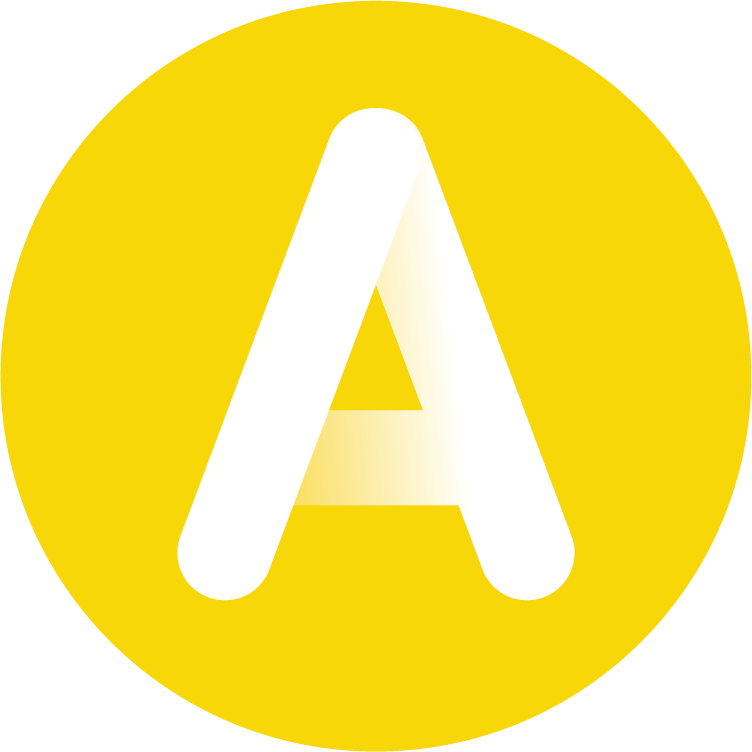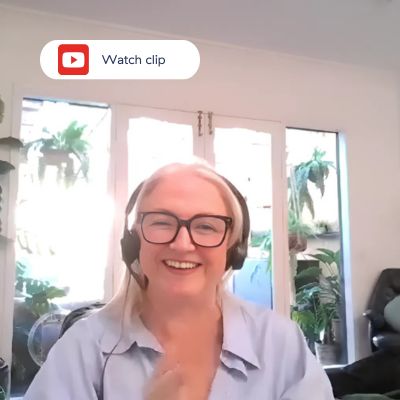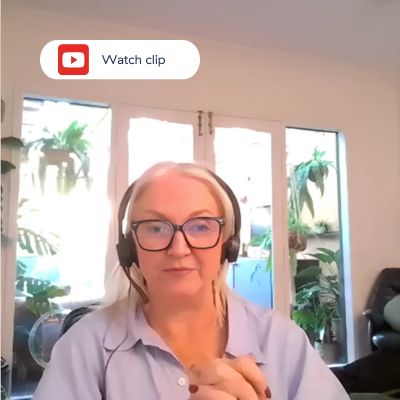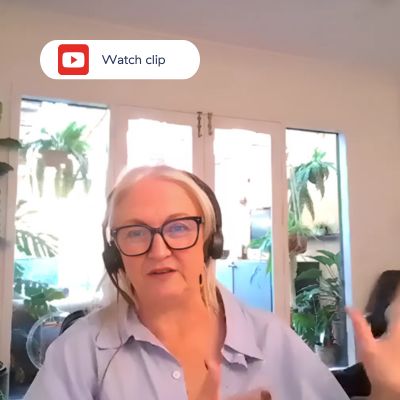
Shaping a culture of self-leadership
In today’s dynamic professional landscape, the traditional maps of career progression are fading. Predictable hierarchies are dissolving, and constant disruption – from the rise of AI to evolving global markets – demands that people develop a powerful internal compass: self-leadership.
This shift isn’t just about individual growth; it’s an imperative for organizations aiming for sustainable growth. When individuals at every level are empowered with self-accountability and agency, they not only navigate their own paths effectively but also contribute meaningfully to collective success. For those in people leadership roles, a high agency mindset is especially critical – 7O% of team engagement can be attributed to the quality of leadership*.
Introducing Sam Fernando, our Global Chats guest.
In this Global Chat, we explored this subject with a champion of the self-leadership first approach, Sam Fernando, Learning & Leadership Leader at Aurecon. With over two decades of experience in corporate and consulting environments, Sam brings deep passion and expertise to leadership and management development. In her role at Aurecon, a global engineering, management, design, and advisory company with over 6,5OO staff, she guides initiatives that integrate self-leadership into the fabric of their organizational development.
Our conversation with Sam, facilitated by Adeption’s Jamie McIver, discussed key concepts and practical insights into her leadership development philosophy and how it’s brought to life at Aurecon. Here we explore some of our favorites:
Perspective: The evolution of self-leadership
“What do we need to do as individuals, how do we need to develop, to have agency for how we adapt into this, what I often really refer to as a big washing machine.” – Sam Fernando
Imagine leadership not as a fixed command center, but as a sophisticated internal GPS. In an environment where traditional career paths are less defined and disruption is the norm, self-leadership acts as this personal navigation system. It empowers individuals to steer their careers, make impactful contributions, and adapt with agility.
Genuine self-leadership goes beyond aspiration. It’s about actively exercising agency – developing concrete strategies and taking decisive actions to achieve goals and gain control over outcomes in all aspects of life. For leaders, fostering self-leadership within a team is like equipping each member with their own navigation system. This approach moves beyond positional authority, shaping an ecosystem where every person possesses the ability to influence and inspire. It’s about building a collective of self-directed contributors, rather than a group waiting for directives.
Dive deeper:
Article: Agency Is the Highest Level of Personal Competence
Video: Simon Sinek, Leadership vs. Authority
Perspective: Antifragility, going beyond resilience
“It’s something we’re holding a bit lightly in our leadership development conversations, but it’s around how do I grow an anti-fragile mindset to think about some of these challenges that are being thrown at me … in a way that I’m going to grow and develop through this.” – Sam Fernando
Consider an organization as a finely tuned orchestra. A resilient orchestra can play through a sudden power outage, relying on memory and experience to stay together. An antifragile orchestra is different. When faced with a sudden loss of sheet music, it doesn’t just cope; it spontaneously invents new melodies and harmonies, resulting in an even more creative and dynamic group.
The concept of antifragility, coined by Nassim Nicholas Taleb in his book Antifragile: Things That Gain from Disorder, describes the ability of people, teams, and organizations not only to weather disruptions but to actually strengthen and evolve from them. Traditional approaches to risk mitigation (such as detailed processes) can lead to rigidity, stifling the very creativity and adaptability needed in uncertain times.
Instead of simply building resilience, antifragile leaders cultivate an environment that embraces experimentation and learns from failures. Challenges become opportunities for growth. By prioritizing long-term development over short-term efficiency and developing more flexible ways of working, leaders can guide their organizations to transform unexpected challenges into strategic advantages, emerging stronger than before.
Dive Deeper:
Book: Antifragile: Things That Gain from Disorder, Nassim Nicholas Taleb
Adeption Tool: Limiting Beliefs and Behavior Change
Perspective: Foundational Inner Development Goals (IDGs)
“What I love the most is when I see senior engineers say I’m really proud that we’ve decided to join something that’s a global movement, rather than just something unique to us.” – Sam Fernando
If leadership navigates a complex, ever-shifting ecosystem, the Inner Development Goal (IDG) framework acts as a foundational ‘eco-mapping system’ for leaders, providing the internal coordinates and tools to cultivate thriving, sustainable growth within themselves and their organizations. Just as a healthy ecosystem requires diverse, interconnected elements working in harmony, effective leadership, guided by the IDGs, encourages a balanced internal landscape that leads to collective flourishing.
The IDG framework, a comprehensive plan for a sustainable world by 2O3O, was inspired by the 2O15 UN Sustainable Development Goals (SDGs). This framework, of 5 dimensions and 23 skills, is based on interdisciplinary research and serves as the foundation for all of Aurecon’s leadership development initiatives, underscoring their belief that genuine leadership starts from within.
The first dimension, ‘Being’ (Relationship to self), focuses on developing our inner lives and deepening our connection to our thoughts, feelings, and bodies. This practice helps us remain present, intentional, and non-reactive when navigating complex situations. The skills within this dimension – Inner Compass, Integrity and Authenticity, Openness and Learning Mindset, Self-awareness, and Presence – strongly emphasize the role of leading from within.
Dive Deeper:
Website: Inner Development Goals
Watch the full episode to explore more concepts such as adaptive and agile leadership, the duty of care in self-leadership development, and more. Or register for Global Chat sessions for more leadership inspiration.
*Clifton, J., & Harter, J. K. (2O19). It’s the manager: Moving from boss to coach. Gallup Press.



